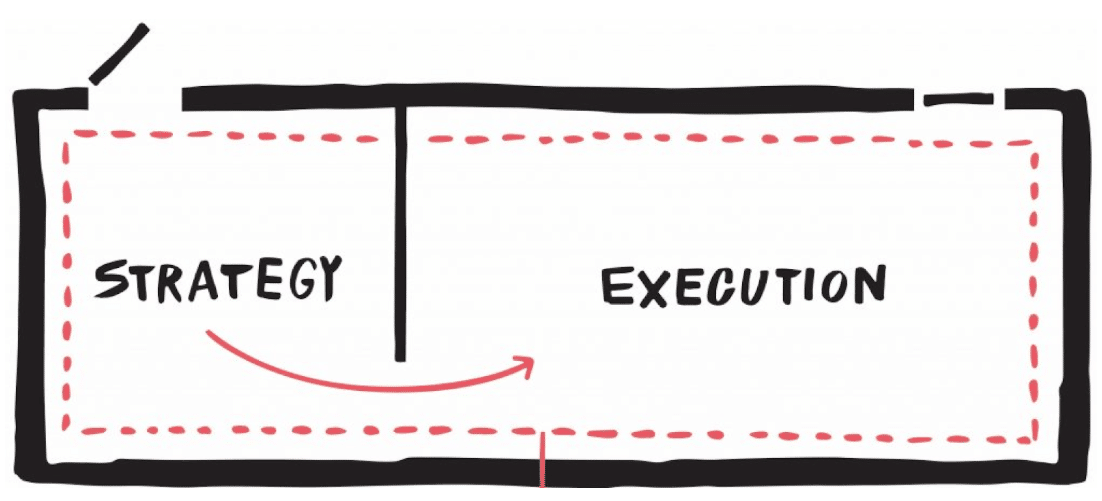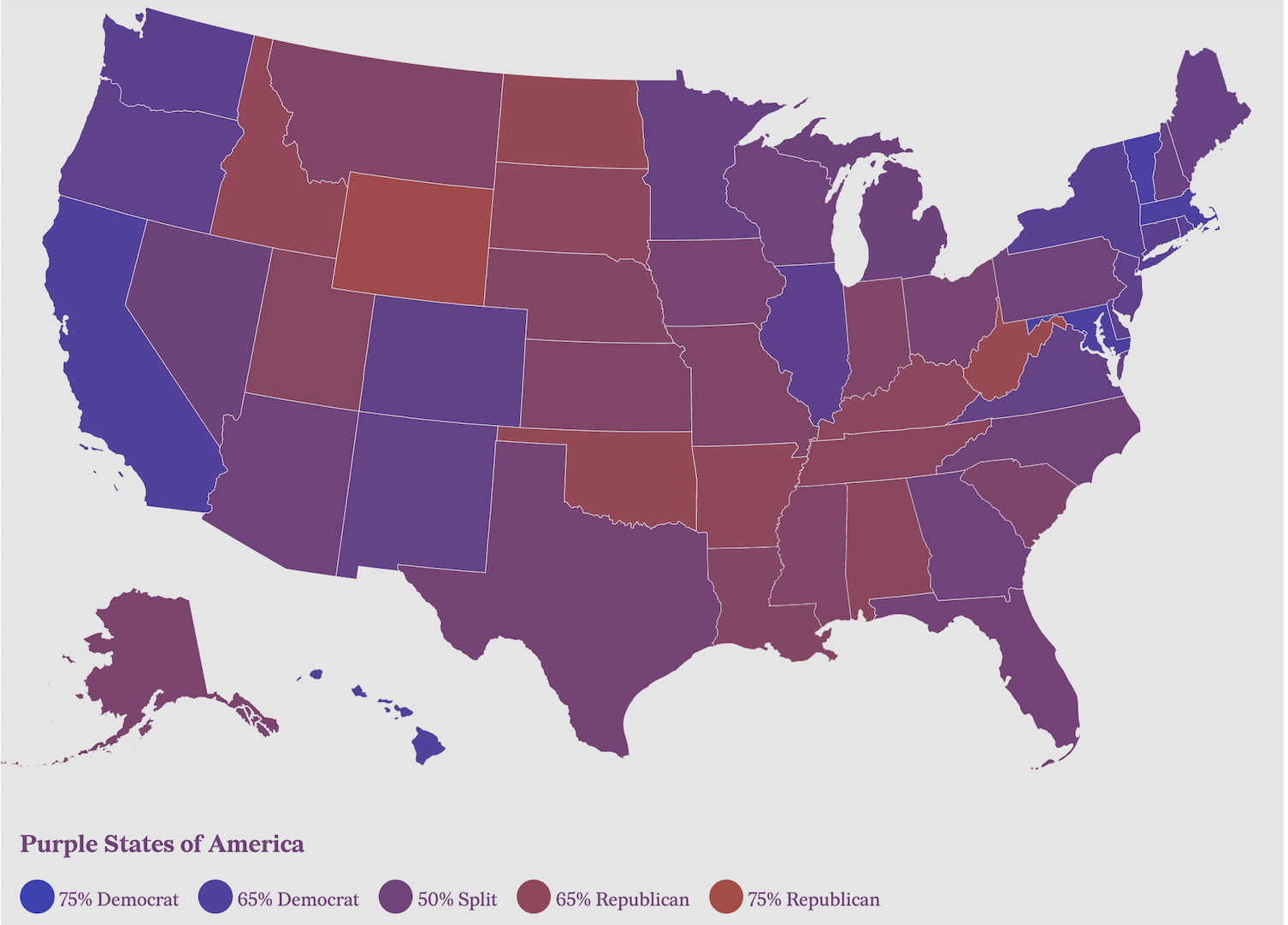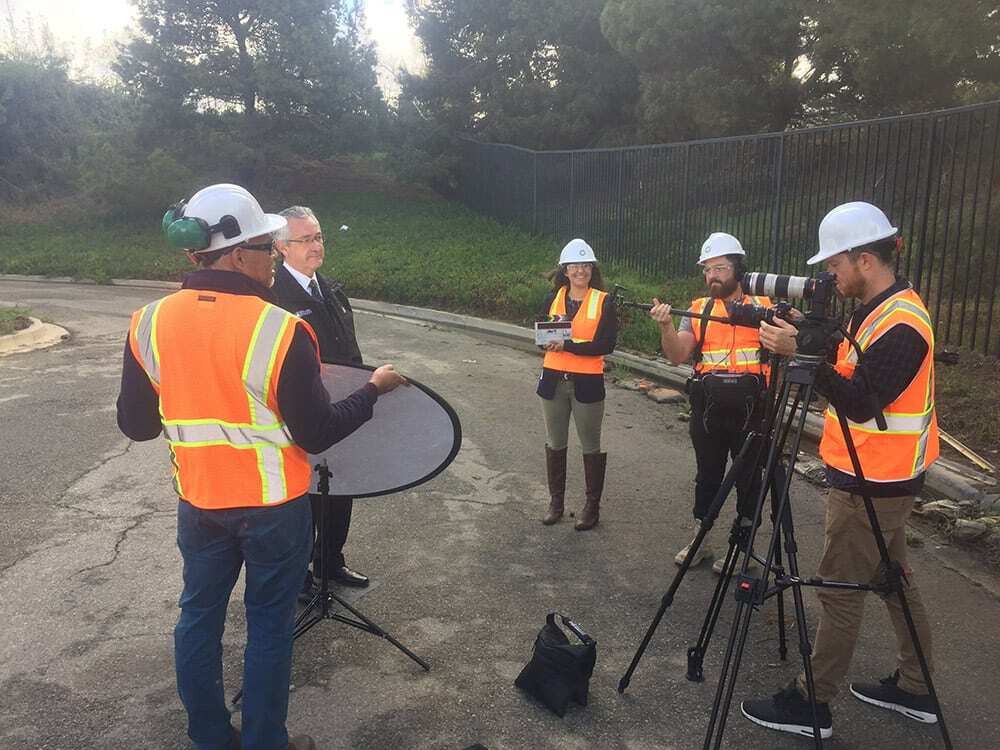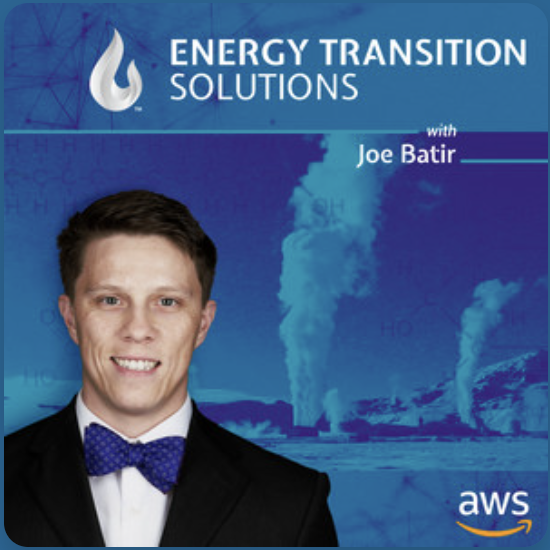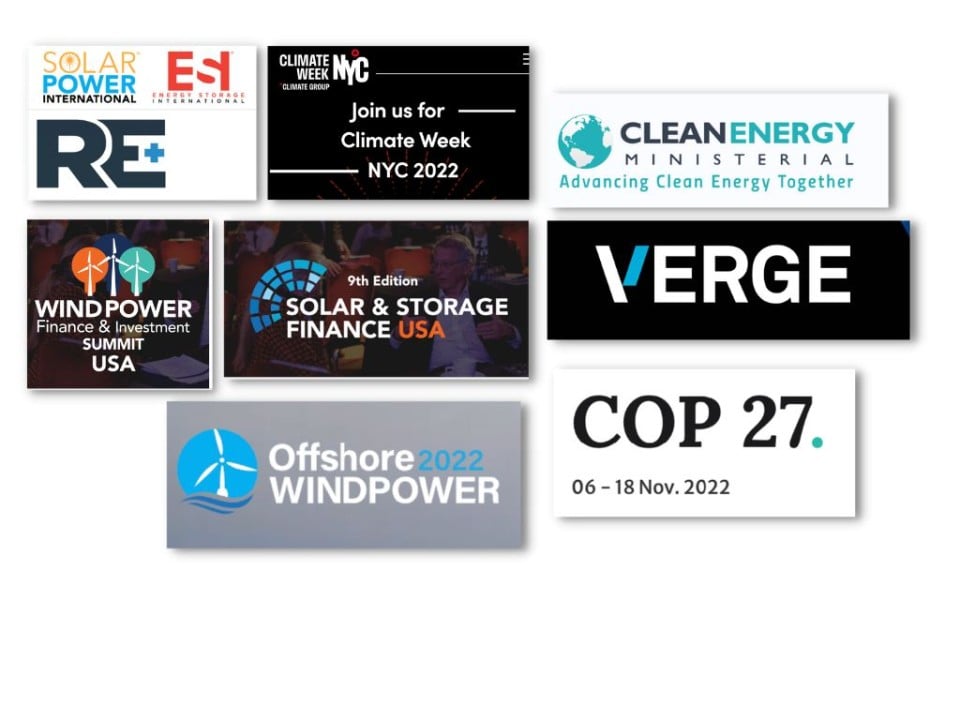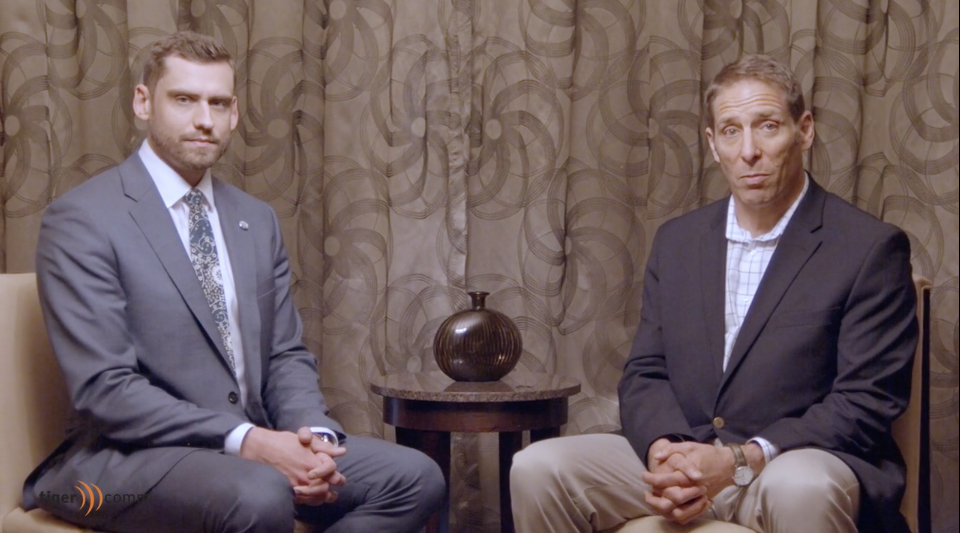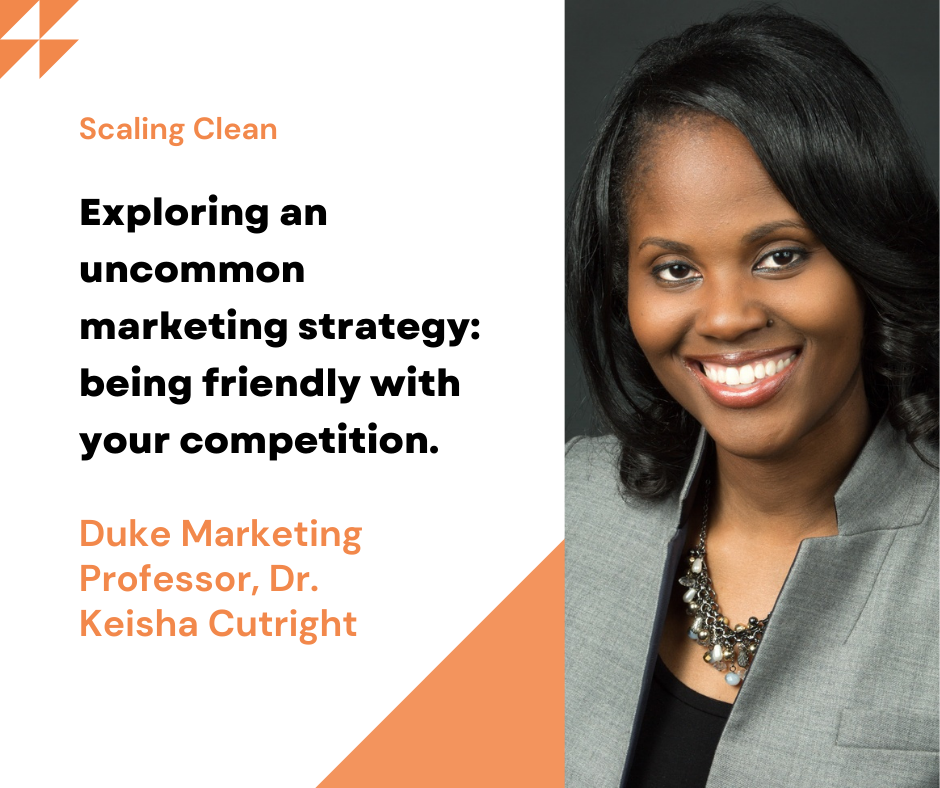Insights
This article was updated in October 2023 to reflect the most recent industry developments.
We had the pleasure to go on the Growth Secrets Podcast with host ...
Continue ReadingBy Melissa Baldwin and Mike Casey
Most clean economy businesses need to build profiles for both their company and individual members of their executive teams....
Continue ReadingThis article was originally published on Agility PR's Bulldog Reporter blog.
Request for Proposals (RFPs) are a long-standing tradition among companies and...
What’s the recipe for a winning investment pitch? Contrary to popular belief, it’s not business fundamentals.
As reported by Business Insider, academic...
Cleantechers, below I share some first impression takeaways from Tuesday’s election results. I offer these through the lens of my time in politics (25 years)...
Continue ReadingThis article was updated in November 2022 to reflect the most recent industry developments.
Video Marketing for the Renewable Energy Sector
We often hear from...
Continue ReadingI had the pleasure recently of talking with Joseph Batir, host of the Energy Transition Solutions podcast.Joe and I talked about:- Why I’ve found that working...
Continue ReadingTigercomm talks a lot about improving social media strategies for cleantech companies to compete with incumbent fossil fuel interests. We’ve worked with a...
Continue ReadingIt’s been a tough couple of years on the conference scene, raising questions about what trade shows will look like post-pandemic. I have to say, though, that...
Cleantech executive teams are almost universally concerned with the impact of commoditization of their companies’ long-term growth. But if your product isn’t...
Continue ReadingDigital Solutions for Securing Community Acceptance of Wind Energy – With Will Eberle of E.ON North America
This article was updated in June 2022 to reflect...
Continue ReadingThe traditional, conventional wisdom in business marketing is to ignore competitors. “Don’t give them oxygen.” But that’s wrong, according to Duke University...
Continue Reading
